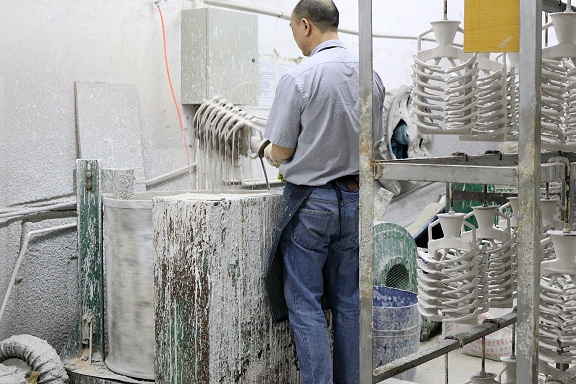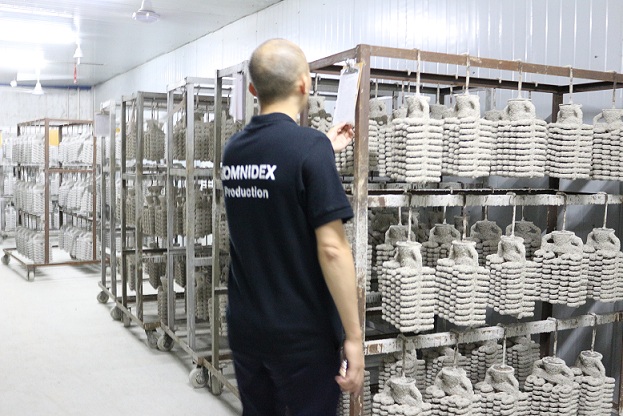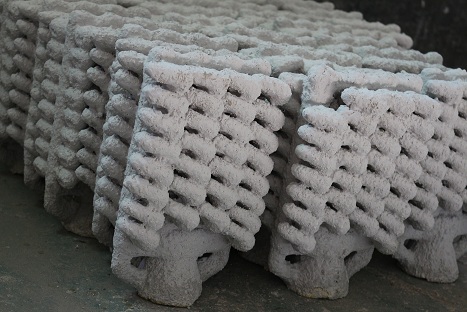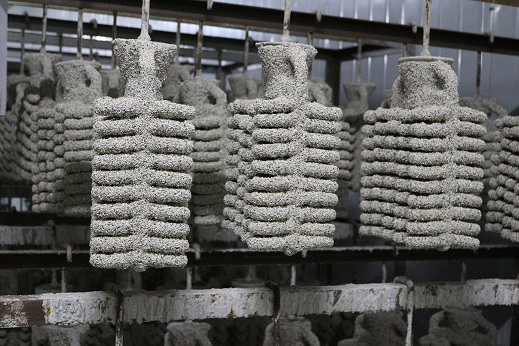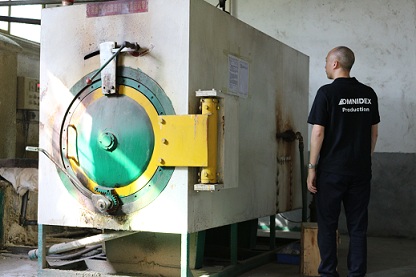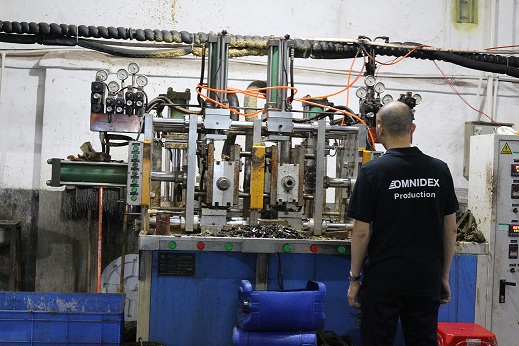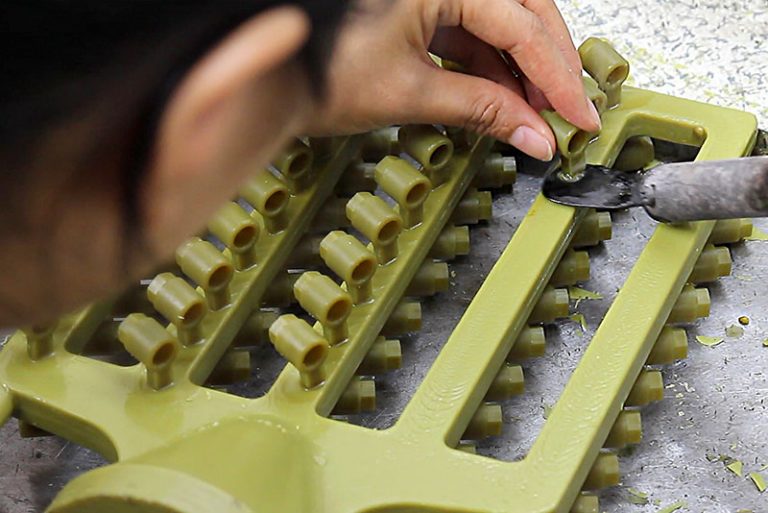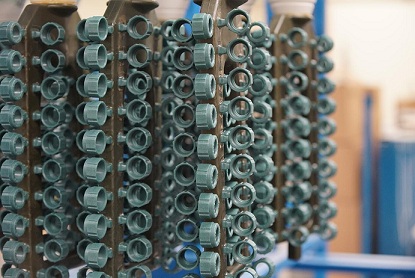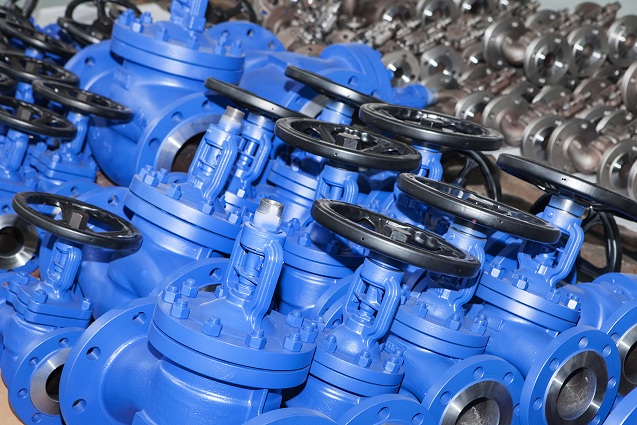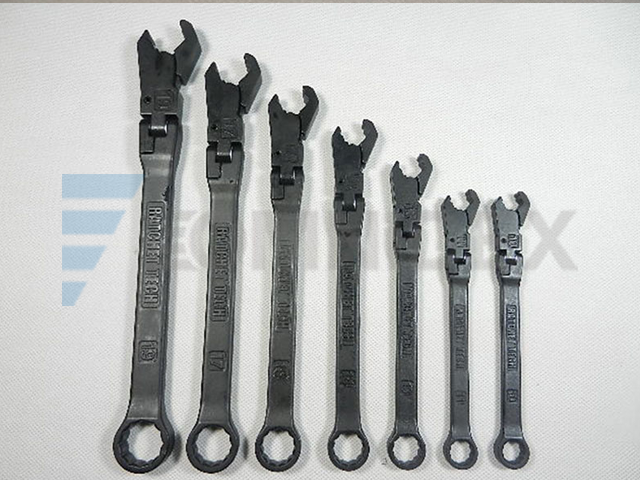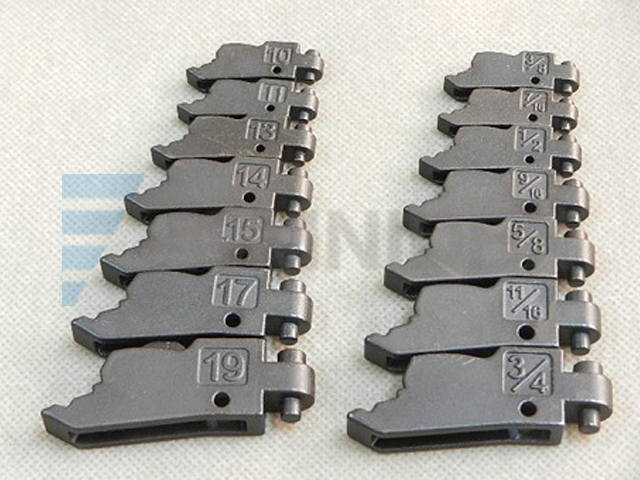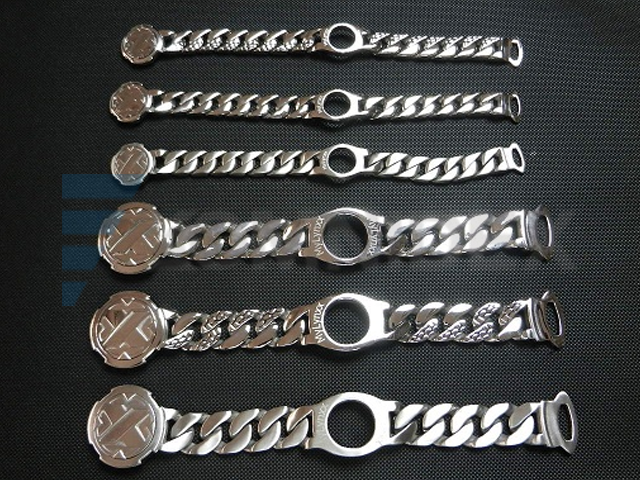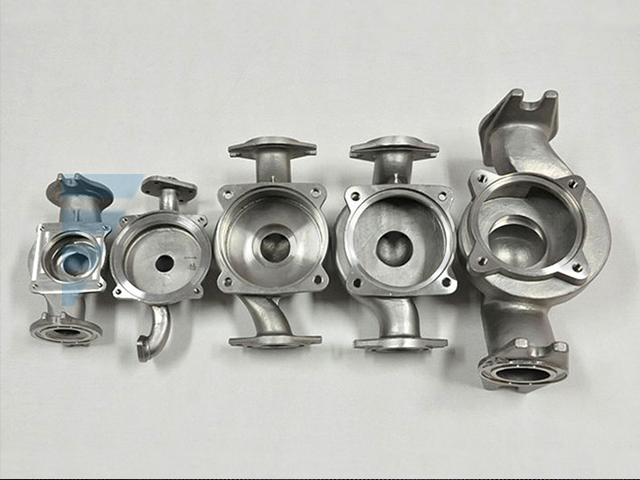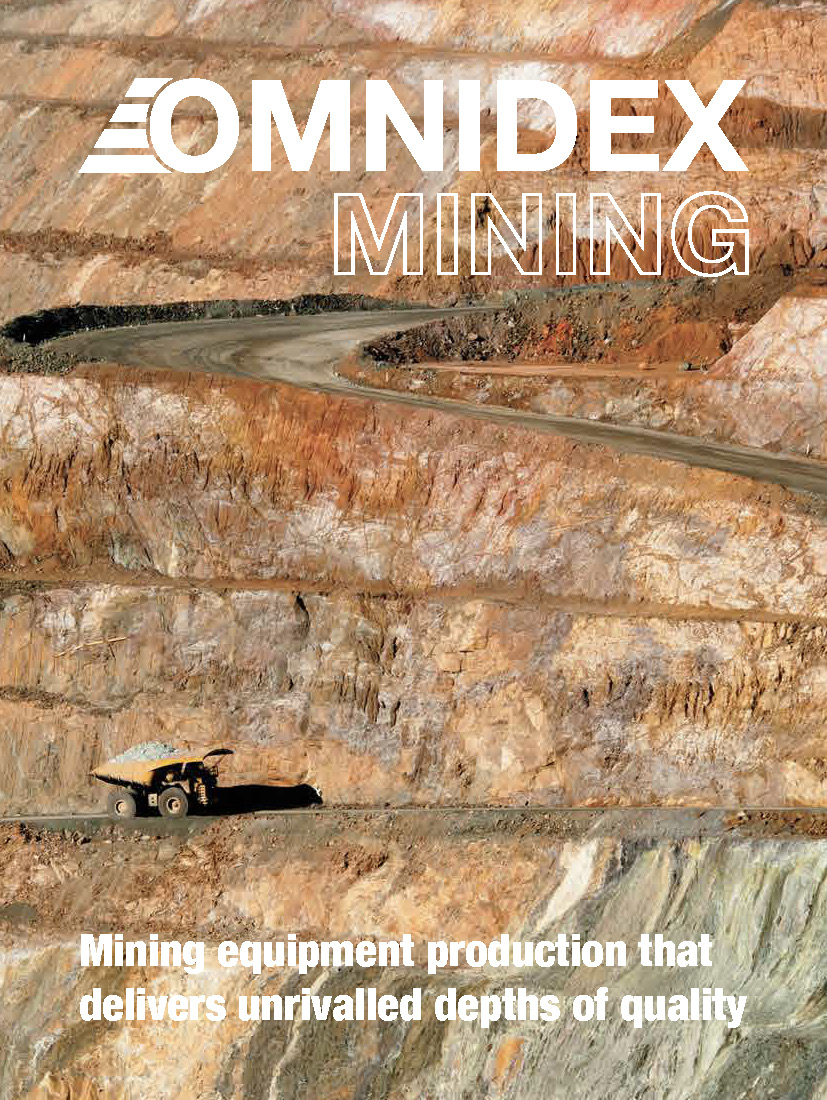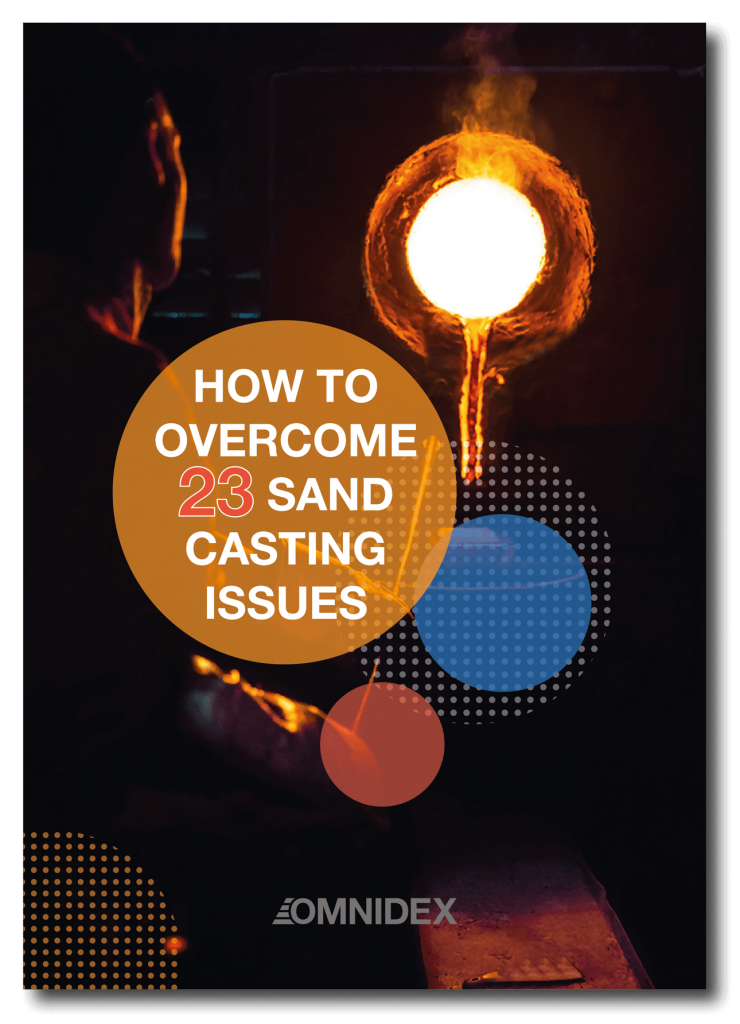Pros
- Investment Casting offers many metal and alloy options (see more details below)
- The process can produce intricate parts with undercuts in one piece (since the mold is broken after casting)
- Tooling cost is relatively low
- The process offers high dimensional accuracy with tight tolerances
- Products have excellent as-cast surface finish with no parting lines
- Products often have reduced need for additional machining
Cons
- Production cycle is longer (making and drying the ceramic mold take up most of the time)
- Manufacturing costs is usually higher than most other processes (specialised equipment, refractory material, labour, and the dies used to create wax patterns all contribute to the high costs)
- Investment Casting parts should not have holes smaller than 1⁄16 of an inch (1.6 mm) or deeper than 1.5 times the diameter

